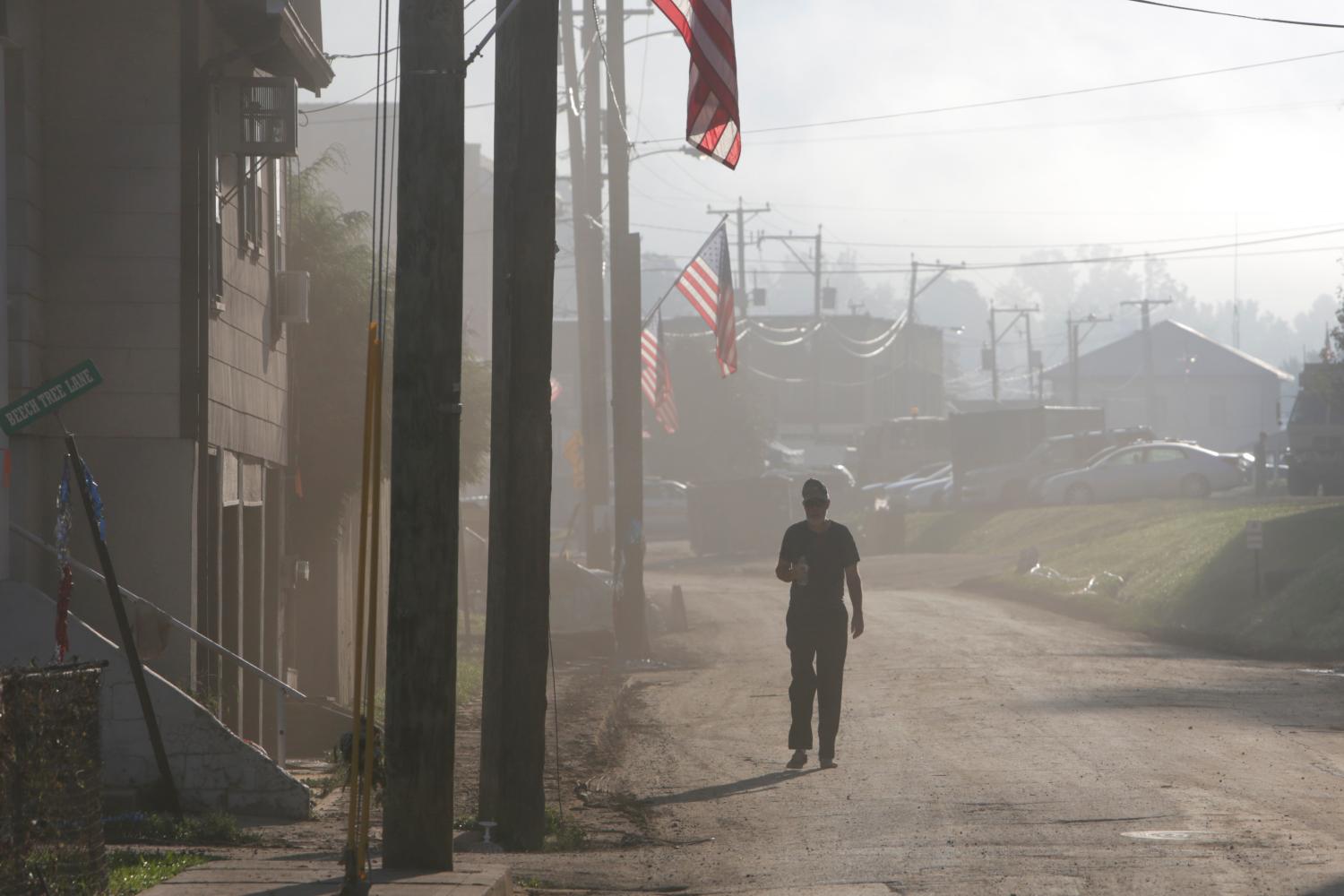Mortality and morbidity in the 21st century (original) (raw)
Research
BPEA | Spring 2017

- 2 min read
In “Mortality and morbidity in the 21st century,” Princeton Professors Anne Case and Angus Deaton follow up on their groundbreaking 2015 paper that revealed a shocking increase in midlife mortality among white non-Hispanic Americans, exploring patterns and contributing factors to the troubling trend.
Case and Deaton find that while midlife mortality rates continue to fall among all education classes in most of the rich world, middle-aged non-Hispanic whites in the U.S. with a high school diploma or less have experienced increasing midlife mortality since the late 1990s. This is due to both rises in the number of “deaths of despair”—death by drugs, alcohol and suicide—and to a slowdown in progress against mortality from heart disease and cancer, the two largest killers in middle age.
The combined effect means that mortality rates of whites with no more than a high school degree, which were around 30 percent lower than mortality rates of blacks in 1999, grew to be 30 percent higher than blacks by 2015.
Case and Deaton find that deaths of despair are rising in parallel for both men and women without a high school degree, and these deaths of despair have increased in all parts of the country and at every level of urbanization.
The states with the highest mortality rates from drugs, alcohol and suicide, among white non-Hispanics aged 45-54, are geographically scattered. In 2000, the epidemic was centered in the southwest. By the mid-2000s it had spread to Appalachia, Florida, and the west coast. Today, it’s country-wide.
The authors suggest that the increases in deaths of despair are accompanied by a measurable deterioration in economic and social wellbeing, which has become more pronounced for each successive birth cohort. Marriage rates and labor force participation rates fall between successive birth cohorts, while reports of physical pain, and poor health and mental health rise.
Case and Deaton document an accumulation of pain, distress, and social dysfunction in the lives of working class whites that took hold as the blue-collar economic heyday of the early 1970s ended, and continued through the 2008 financial crisis and the subsequent slow recovery.
This paper is part of the Spring 2017 edition of theBrookings Papers on Economic Activity, the leading conference series and journal in economics for timely, cutting-edge research about real-world policy issues. Research findings are presented in a clear and accessible style to maximize their impact on economic understanding and policymaking. The editors are Brookings Nonresident Senior Fellow and Northwestern University Economics Professor Janice Eberlyand JamesStock, Brookings Nonresident Senior Fellow and Harvard University economics professor. Read the rest of the articles here.
Disclosure: The authors received financial support for this research from the Gallup Organization and through grant R01AG053396 from the National Institute of Aging through the National Bureau of Economic Research. Anne Case is a Council Member with the National Institutes of Health National Research Council, Child Health and Human Development. Angus Deaton is a Senior Scientist with the Gallup Organization.
The Brookings Institution is committed to quality, independence, and impact. We are supported by a diverse array of funders. In line with our values and policies, each Brookings publication represents the sole views of its author(s).